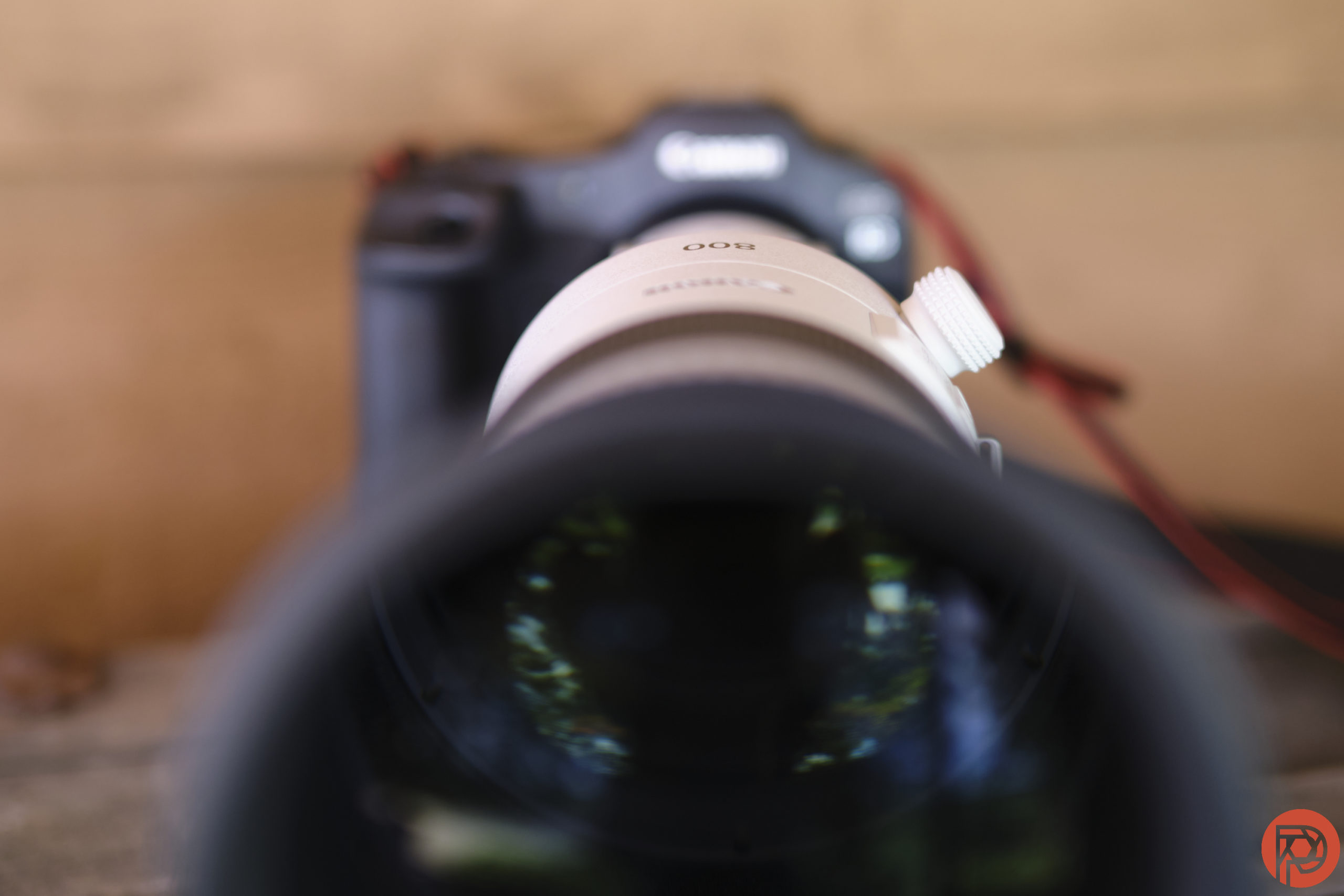Extreme telephotos aren’t easy to find. A reach like 800mm was just a dream when full frame mirrorless cameras first started trickling out. But the new Canon RF 800mm f5.6 L IS USM changes that, bringing a big reach to the eye-AF-equipped bodies like the EOS R3. If the reach doesn’t impress, the stabilization will. With 4.5 stops of stabilization, it’s possible to actually make photographs with this giant lens handheld.
We hate banner ads too. Download our app for iOS, iPad, and Android and get no banner ads for $24.99/year.
While there’s a lot to love about the Canon RF 800mm f5.6 L IS USM, it’s a dream lens for most. The lovely blend of background separation and sharp subjects is dreamy, yes, but the $13k price point will haunt many photographers. For the few who can set aside the cash, is the 800mm reach worth it, or is the hefty size a deal-breaker?
Table of Contents
The Big Picture
Pros
- Super sharp
- Lovely melted backgrounds
- Exceptional reach for wildlife photography
- Actually possible to use handheld
- Weather-sealed
- Lots of controls
Cons
- It’s heavy
- It’s $13k
- The AF limiter switch is needed for the most speed and accuracy.
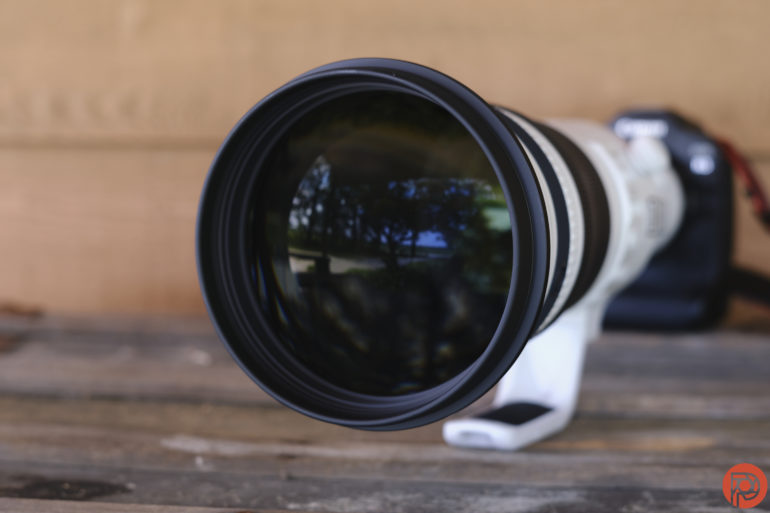
The Canon RF 800mm f5.6 L IS USM has impressive reach that creates a beautiful mix of sharply detailed subjects and melted backgrounds. With this lens and the R3, I shot the best wildlife photos that I’ve taken so far. While the reach is impressive, what’s more impressive is that this lens is possible to use handheld for short periods of time. Stabilization allowed for impressively low shutter speeds on such a long focal length.
If there’s a downside to this lens, it’s the size and price. The $13k price point is too high for hobbyists. The massive length and 6.9 pound weight also means it’s a lens that’s best for sitting in a wildlife blind or hanging off a safari Jeep rather than hiking ten miles. While it’s possible to shoot handheld and take it on short hikes, it’s not exactly comfortable. The other downside to all that reach is that the focal limiter switch is required for the best autofocus performance.

I’m giving the Canon RF 800mm f5.6 L IS USM five out of five stars. Want one? Check them out on Amazon, Adorama, and LensRentals.
Gear Used
I used the Canon RF 800mm f5.6 L with the Canon EOS R3. The lens was a rental courtesy of LensRentals; the camera body is on loan from Canon.
Innovations
The Canon RF series has only been around for a few years, yet they’ve managed to create an impressive super telephoto reach with the RF 800mm f5.6 L. While it’s not the only 800mm (Nikon has one in Z mount), it’s a rare focal length to find. But, what’s more impressive is that this 800mm, this nearly seven pound lens, can be shot handheld.
Ergonomics

The Canon RF 800 f5.6 L IS USM is as long as my arm with a front element nearly as large as a salad plate. Weighing in at 6.9 pounds, it turns any hike into a strenuous, calorie-burning jaunt. While heavy and enormous, it’s still possible to use handheld. (You’ll fund your chiropractor’s retirement doing so, but it’s possible.) A monopod will make using this lens more enjoyable, particularly when training it on a bird and then waiting for something exciting to happen.
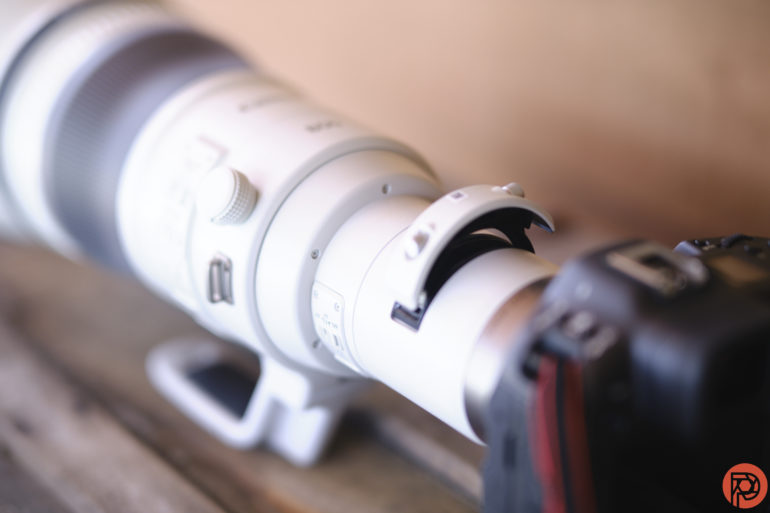
Such a large lens leaves a lot of room for physical controls, so the list of buttons and switches is a long one. Starting at the mount and moving toward the front, the first feature is a set of silver buttons that pulls out a drop-in filter for 52mm screw-in filters.
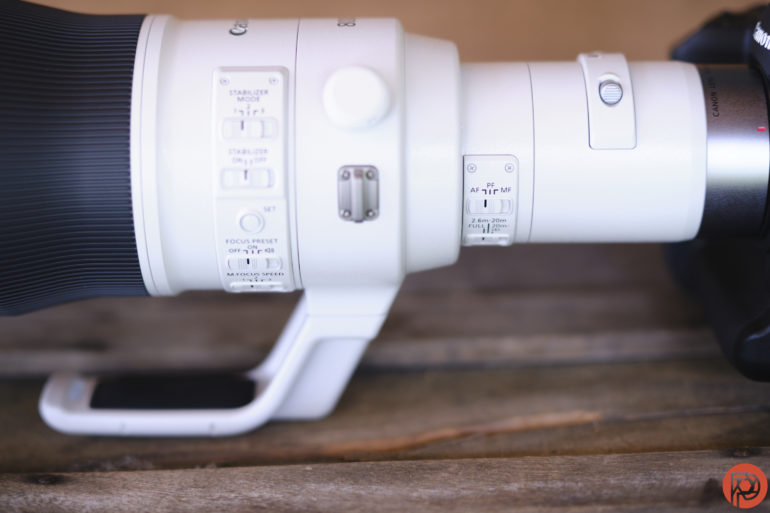
The first bank of controls starts with an AF to MF switch, with a PF in the middle. Canon photographers are likely familiar with the AF (autofocus) and MF (manual focus). The PF is for Power Focus, which turns one of the lens rings into a power focus control: a feature more helpful for videography. Underneath that is a focus limiter switch.
Next up is the tripod collar, which rotates to allow for both vertical and horizontal shots. It’s a good size and I found the collar helpful as a grip for handholding this lens as well.
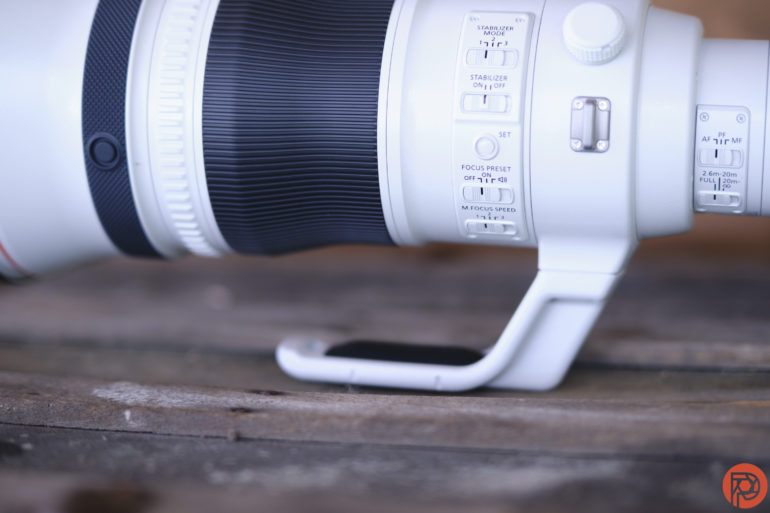
The second bank of controls is the largest one, holding the stabilizer mode and stabilizer on-off switch. The final three controls are for focus: a focus preset set button, an on off switch for quickly moving between two preset focus positions, and a switch to adjust manual focus speeds.
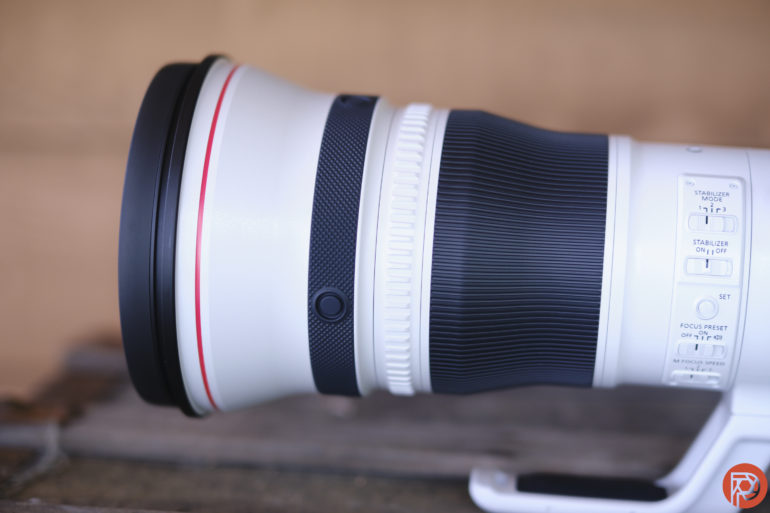
The rest of the lens is rings: a large, grippy manual focus ring and a narrow power focus ring. The lens also has four evenly spaced AF stop buttons.
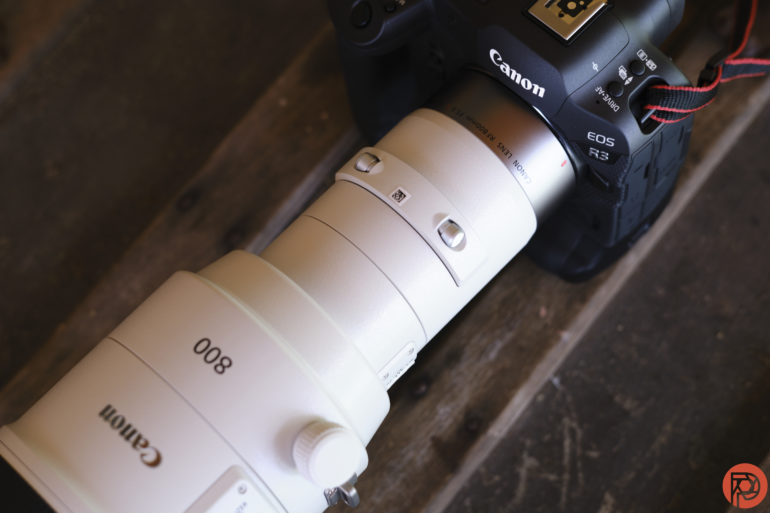
The lens ships with a large lens hood, a soft cap, and a big lens bag. Since the lens won’t fit in a lot of bags, the included bag is a nice feature. It’s not the cheap velvet cloth bags that ship with a basic lens; it’s a nice quality sling bag with a decently comfortable strap.
Build Quality
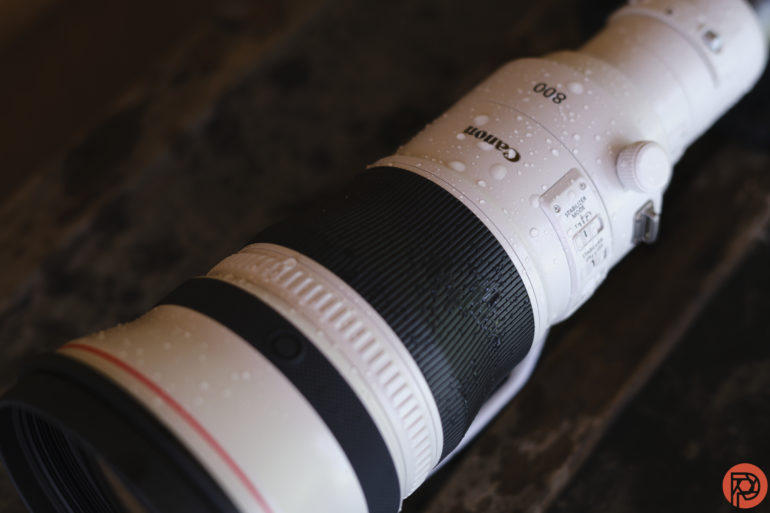
Was I nervous splashing water on nearly $20k worth of camera and lens? Absolutely. But such expensive gear shouldn’t break easily so testing the weather-sealing was a must. I gave the lens and camera a good splash with a cup of water. Everything continued functioning normally and I didn’t detect any dust spots on my images after the tests.
Canon’s L glass typically has a pretty high end feel to it. The RF 800mm is no exception. Of course, I was a bit too busy balancing seven pounds of glass to appreciate the feel. But, this lens certainly doesn’t feel like cheap plastic.
Focusing
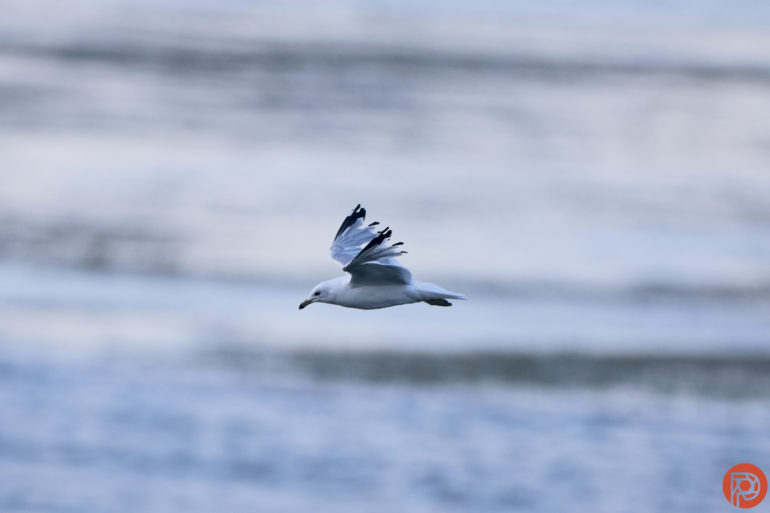
Telephoto lenses are, by nature, tougher to focus. Unless you’re shooting a subject on a simple background, there are layers of objects in the shot and the camera doesn’t always know which layer to pick up on. There were a few times when I focused on the trunk of a tree in order to focus more quickly on a bird on its branches. If the lens is already focused on something close by, focusing is quite quick. But, moving from close to distant subjects isn’t as fast or as accurate.
Similarly, the R3’s animal eye AF was a big help in quickly focusing on the eye. But, the bird has to be close enough to being in focus for the camera to even recognize that there’s a bird there. While I could tell that the more rounded blurred blob was the bird I wanted to photograph and not another branch, the R3 didn’t pick up on the eye until I used the joystick to bring the bird enough in focus that the camera could tell it was a bird.
This isn’t a fault of the lens but rather a natural consequence of using such a long focal length. The focus limiter switch will help speed things up, as will focusing on something nearby that’s larger — like the tree trunk — before finding the little bird you want to focus on. Once I got the hang of using such a long lens, I got a pretty respectable hit rate. For such a long focal length, focusing is quite good. But, photographers should expect to practice a bit and be able to find the AF limiter switch by feel to get the most out of this lens.
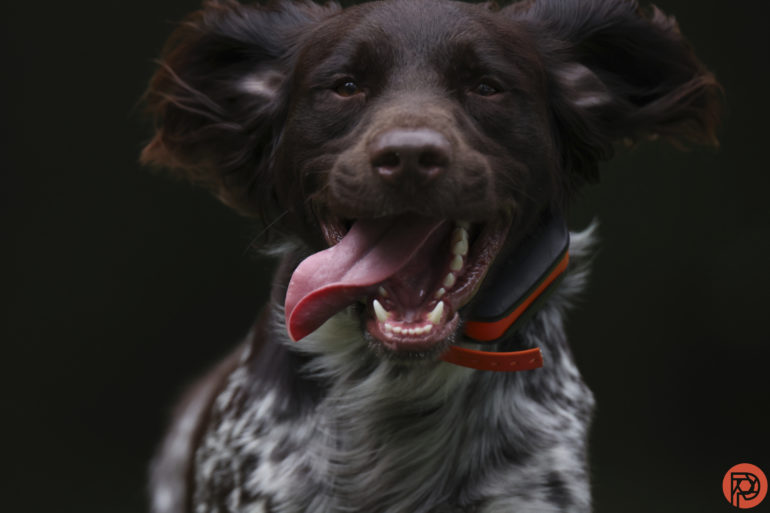
When photographing action, the AF limiter switch helps increase the accuracy by quite a bit. Photographing my dog running towards the camera, I got between 15-30 percent of shots soft, experimenting with different AF area modes. With the AF limiter on, the lens rarely missed while the dog was within range. Sports photographers are definitely going to want to use the focus limiter switch.
Ease of Use
Wielding a nearly seven pound lens with an 800mm reach is no easy task. One of the most challenging aspects of using this lens was simply aiming in the right spot. 800mm is a lot of reach. If a tiny bird is perched in a big tree, it can be difficult to find it with the lens. The same applies to birds already in flight. When using a zoom lens, you can zoom out, center the bird, and zoom in. With an 800mm fixed focal length, sometimes you have to point and search. Again, with practice, I got a bit better at aiming in the right spot. But, a zoom lens is a bit simpler to use for beginners. Of course, a $13K lens isn’t made for beginners.
The other challenge of using this lens is all those controls. The focus options, like the focus limiter switch in particular, is essential. But, there are a lot of controls to get acquainted with and it will take time before you can reach for the right one without pulling your face from the viewfinder.
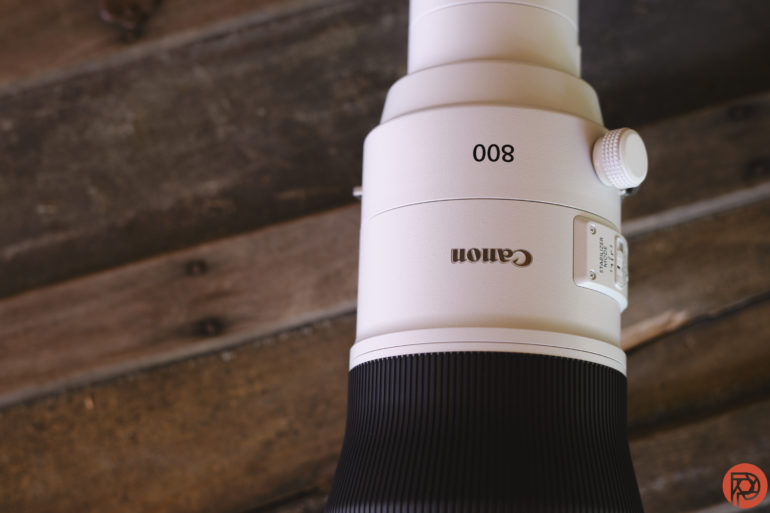
While the RF 800mm isn’t without its challenges, Canon has fixed one of the biggest challenges for long telephotos: getting a sharp shot. The stabilization on this lens is excellent. Canon notes that, because of the longer focal length, in-body stabilization isn’t supported with this lens. But, the 4.5 stops of stabilization was impressive.
I found a subject that would stay still for me (a turtle) and challenged myself to see just how low I could push the shutter speed. To be clear, I was bracing my elbows against my body, holding my breath, and doing everything possible to keep the camera stead. (Well, everything except for skipping my morning coffee.)
I started with the reciprocal rule at 1/800. I thought for sure that the lens’ weight would require a higher-than-normal shutter speed, but I was shocked when I got down to 1/100, then 1/60, then 1/30. The sharpest shots are at 1/125 and above, but this photo below was shot at 1/30, with only a very slight softness to it:

Color me impressed. Of course, this is the best case scenario. Shooting from a vibrating truck window, shooting a bird too quick to brace my elbows, or simply shooting with arms tired of holding up a giant lens results in camera shake even at much higher shutter speeds. But, when lighting becomes limited, or when you want to intentionally blur the movement of an animal or athlete, it’s certainly possible to shoot well below the reciprocal rule with this lens.
Image Quality
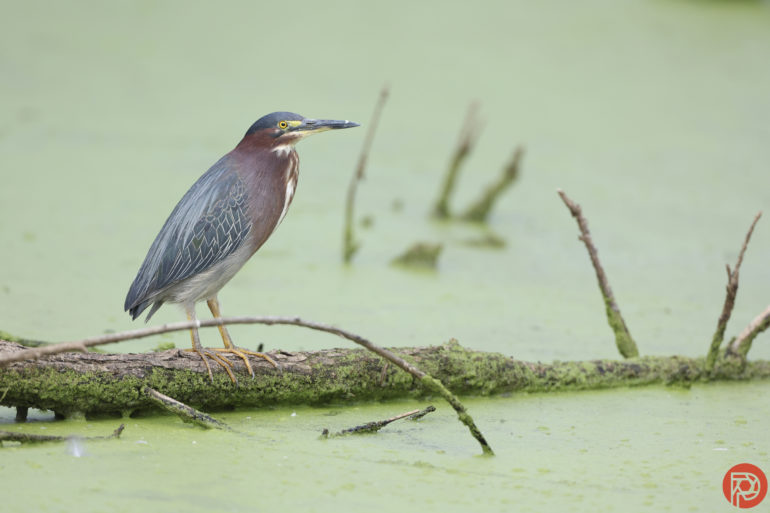
If you are expecting amazing images from a $13k lens, you won’t be disappointed here. The 800mm focal length melts backgrounds like chocolate on an Arizona sidewalk in August. Subjects are sharp, even towards the edges of the frame. With the R3 and the RF 800mm f5.6 L, I shot the best wildlife images I’ve ever captured. Though, of course, I have to note that this is also one of the most expensive combinations I’ve used so far.
Bokeh
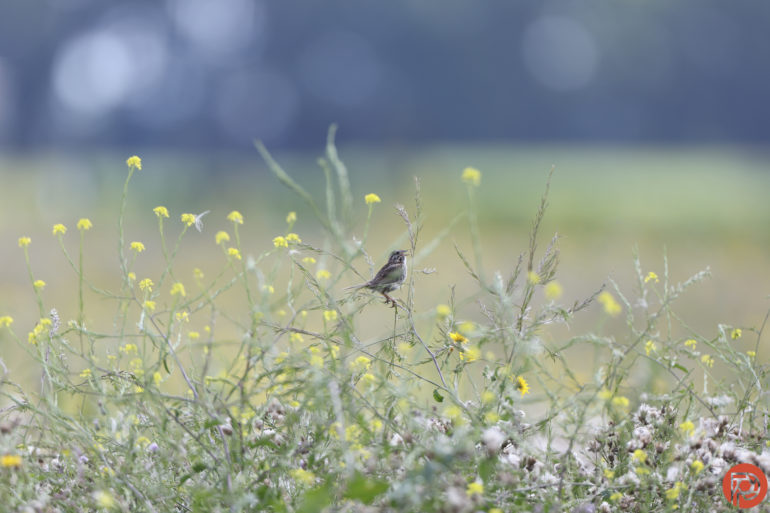
While an f5.6 may not be a lot at 50mm or even 100mm, at 800mm, there’s plenty of background separation. With closer subjects, the background turns into a solid color. Even shooting more distant birds, the different branches of the same tree still have a great depth to them.
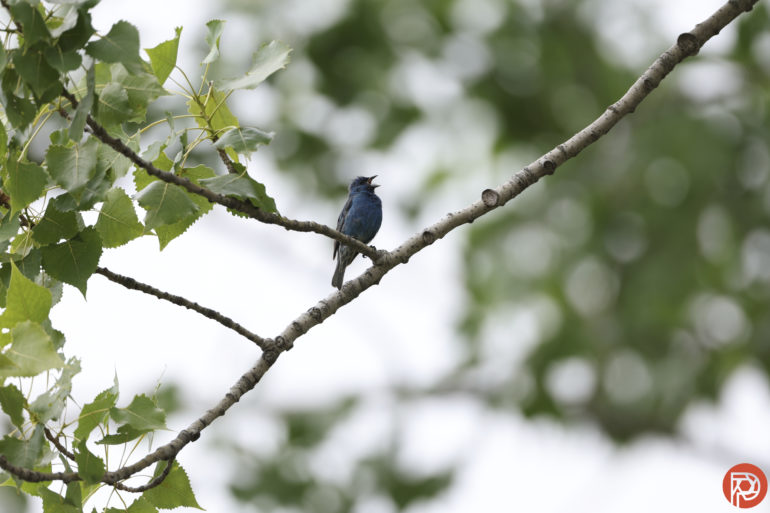
Points of light are easily rendered into round bokeh balls. Bokeh has soft edges — I couldn’t find any onion ringing or soap bubbling. What I really love about longer focal lengths is the ability to make those bokeh balls appear larger and closer to the subject and the 800mm didn’t disappoint there either.
Color Rendition
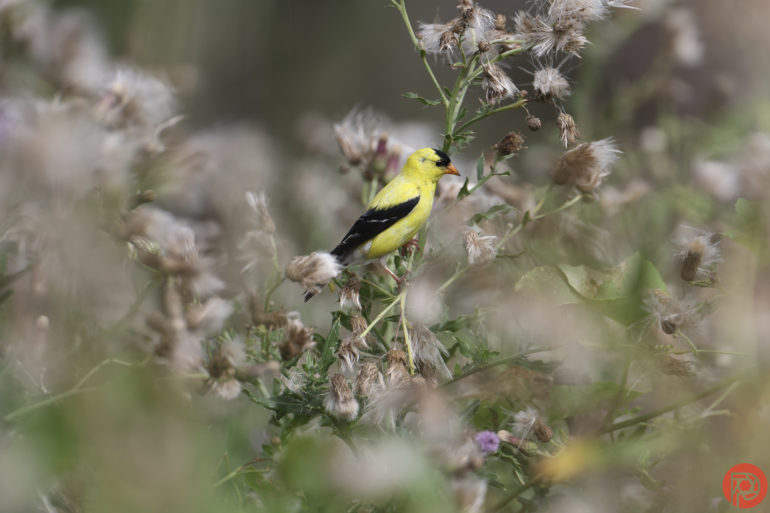
The colors coming from the RF 800mm on the R3 overall felt very true to the scene. I didn’t feel the need to color edit an overwhelming amount of photos from the 800mm on the R3. The images that I felt needed some color work were because of the environment and not necessarily the lens. For example, I took a few shots through tall grass that needed the dehaze slider, which then needed a color boost. I added a bit of saturation to images that were backlit and underexposed. With good lighting, it’s entirely possible to get it right in camera and be happy with the JPEGs.
I didn’t spot any major color fringing with this lens.
Lens Character
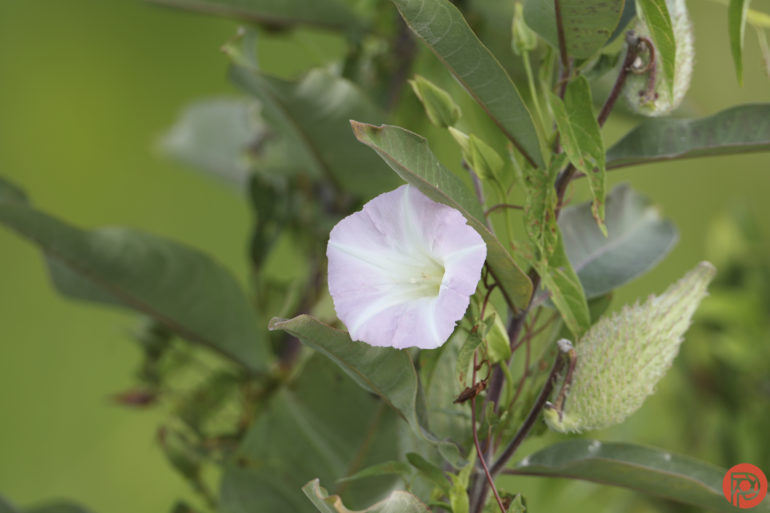
The character on this lens comes largely from that long 800mm focal length. It’s a technically superior lens, but it still has some character due to the background suppression and shallow depth of field. On a scale from vintage character to sterile scientific perfection, this lens sits somewhere in the middle.
Sharpness
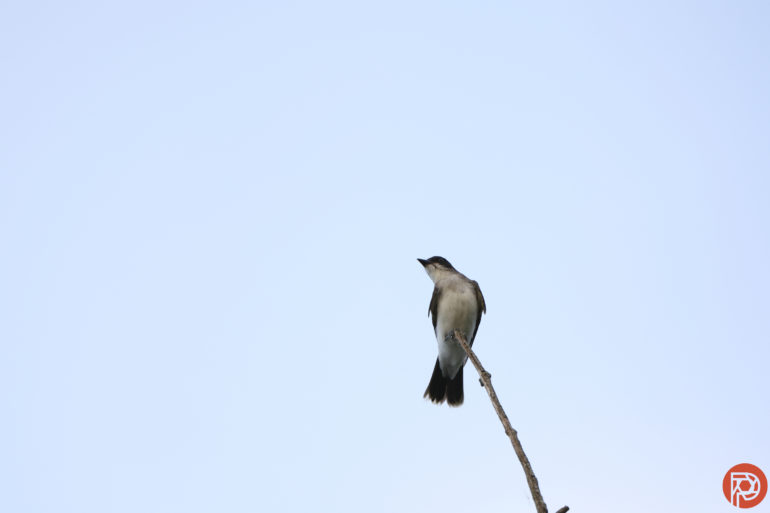
The Canon RF 800mm f5.6 L grabs a lot of detail and texture. It’s nicely sharp, without being overly so. Subjects towards the edges of the frame at f5.6 were a little softer than the center, but still acceptably sharp. Photographers won’t need to step down this lens in order to get sharp images.
Extra Image Samples
From day one, The Phoblographer has been huge on transparency with our audience. Nothing from this review is sponsored. Further, lots of folks will post reviews and show lots of editing in the photos. The problem then becomes that anyone and everyone can do the same thing. They’re not showing what the lens can do. So we have a section in our Extra Image Samples area to show edited and unedited photos. From this, you can make a decision for yourself.
Unedited




















Edited






























Who Should Buy It?
The Canon RF 800mm f5.6 L is a piece of optical luxury. It’s an amazing lens for birding and wildlife photography, while sports photographers who need that longer reach will find success with it as well. I shot some of my best bird photography with this lens mounted on the R6. It’s sharp, quick, and creates beautiful background separation.
While there’s no denying this lens is stunning, at $13k, it’s just a dream or perhaps a short-term rental for many. The large size also makes the lens more ideal for setting up a wildlife blind and staying put, rather than hiking around with it. It’s possible to hike and shoot handheld, but not exactly comfortable. Sports photographers should also be aware that the best performance comes from using the focus limiter switch.
Want one? Check them out on Amazon, Adorama, and LensRentals.
Canon RF 800mm f5.6 L Tech Specs
LensRentals lists the following tech specs for the Canon RF 800mm f5.6 L IS USM:
- Compatibility: Full Frame
- Filter Size: 52.0mm
- Filter Type: Drop-In
- Focal Length: 800.0-800.0
- Hood Included: Yes
- Image Stabilization: Yes
- Item Type: Lens
- Lens Type: Super-telephoto
- Max Aperture: 5.6
- Maximum Magnification: 0.34x
- Mfr. Model Number: 5055C002AA
- Minimum Aperture: 22.0
- Minimum Focusing Distance: 8.5 feet
- Mount: Canon RF
- Optical Design
- Groups/Elements: 18/16
- Ultra-Low Dispersion Elements: 1
- Super UD Elements: 1
- Fluorite Elements: 2
- Physical
- Dimensions (ø x L): 6.4 × 17″
- Weight: 6.9 lbs.
- Tripod Collar Fixed and Rotating


